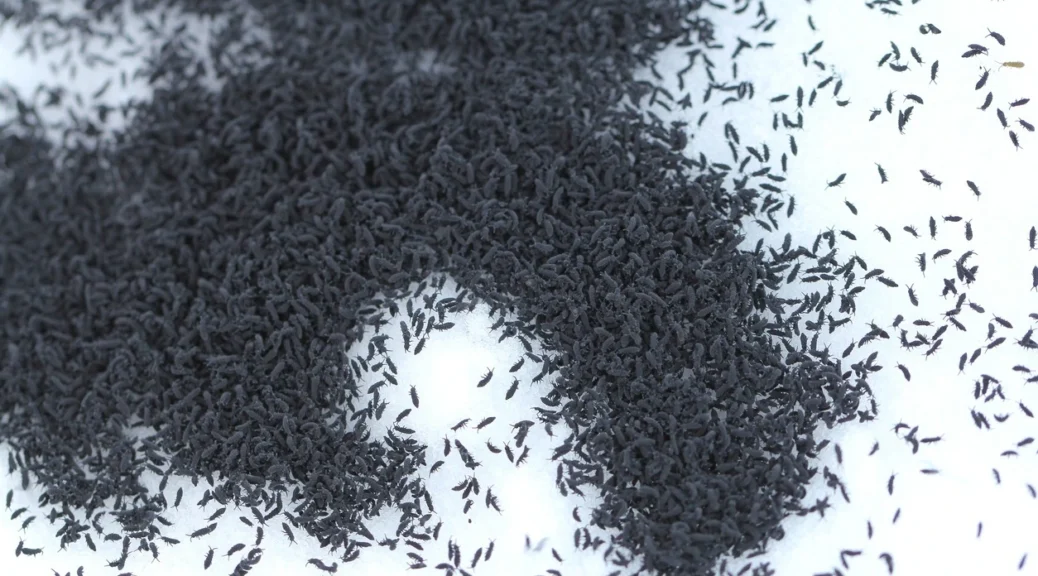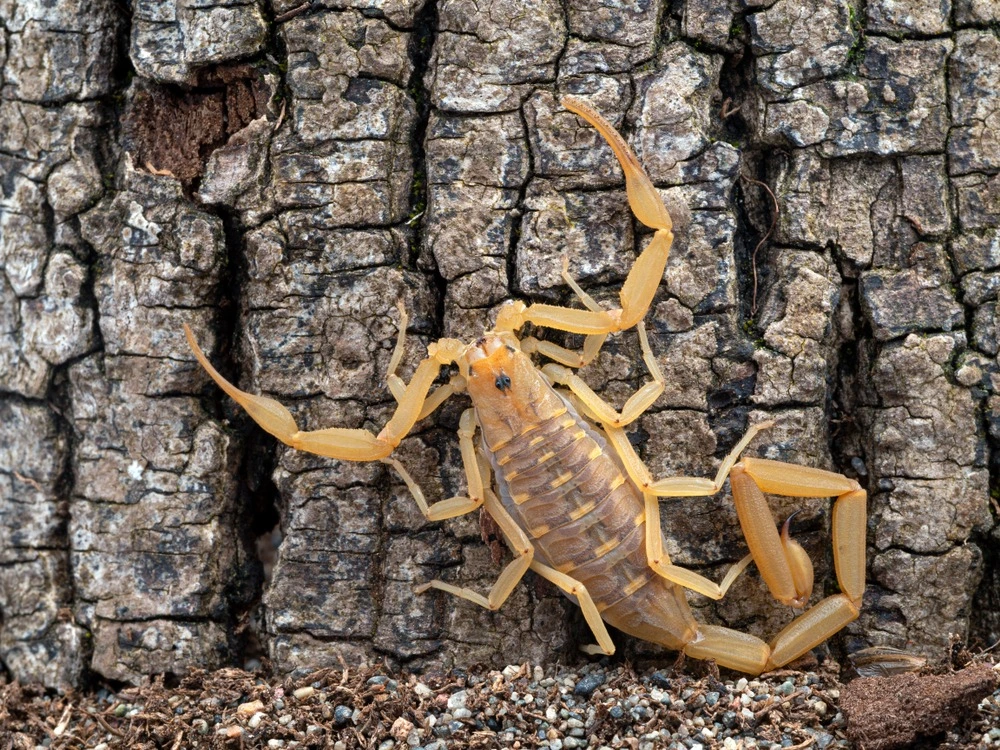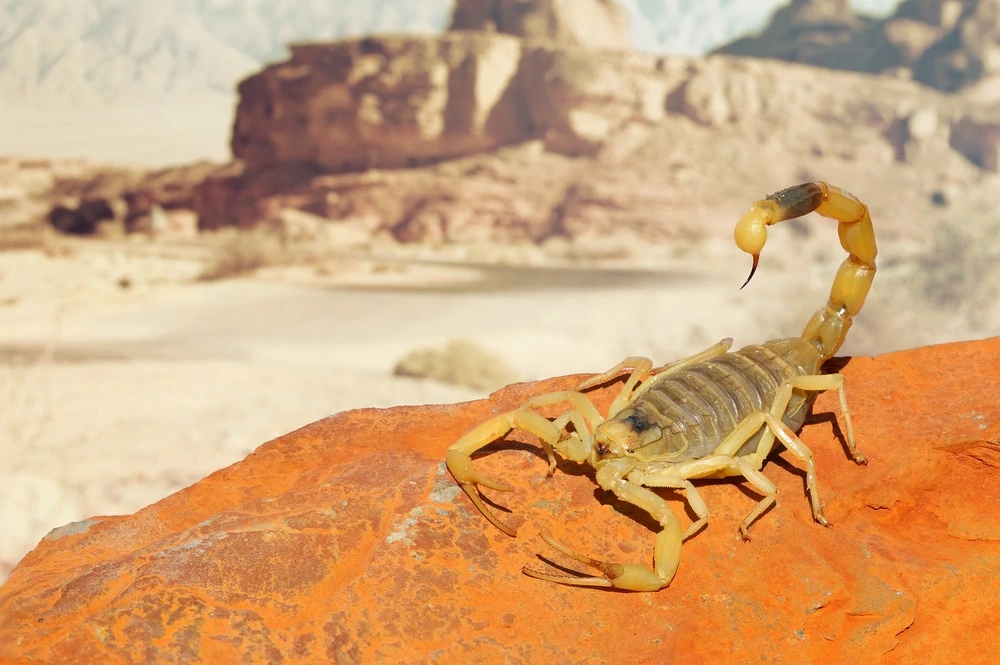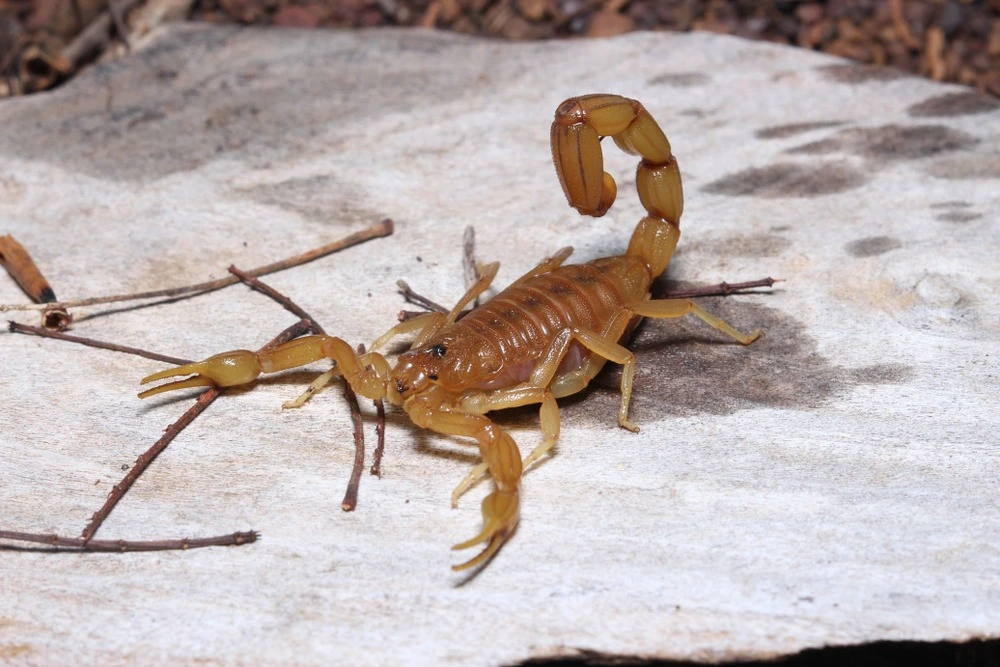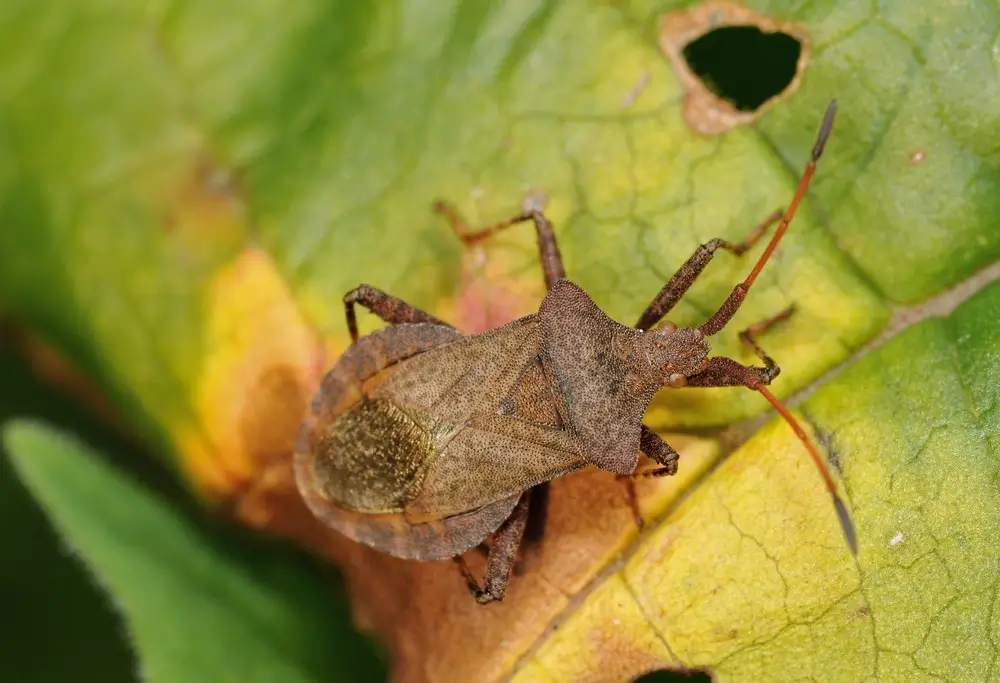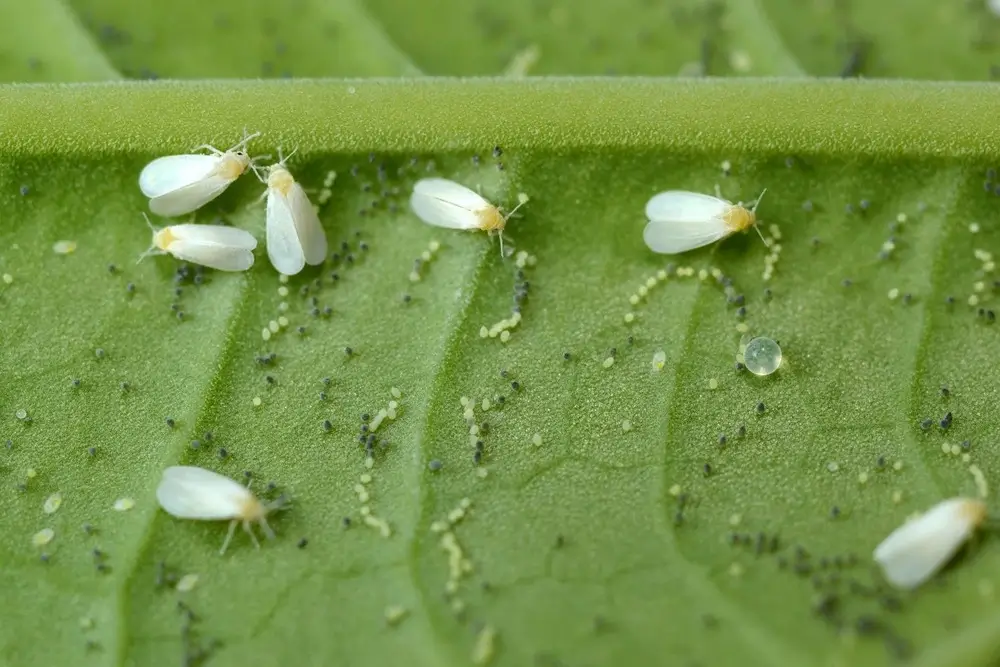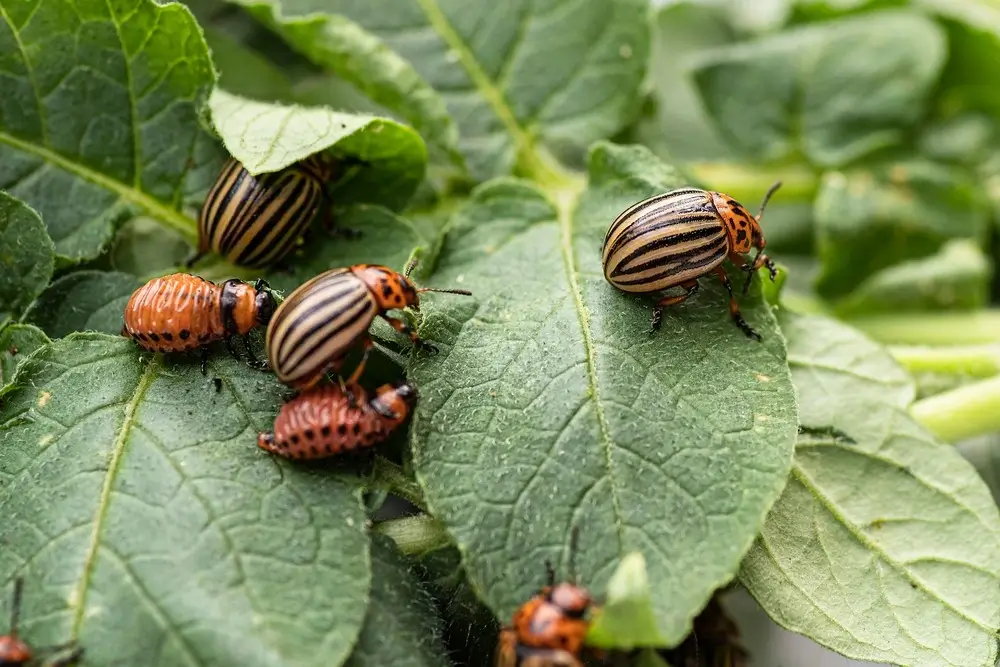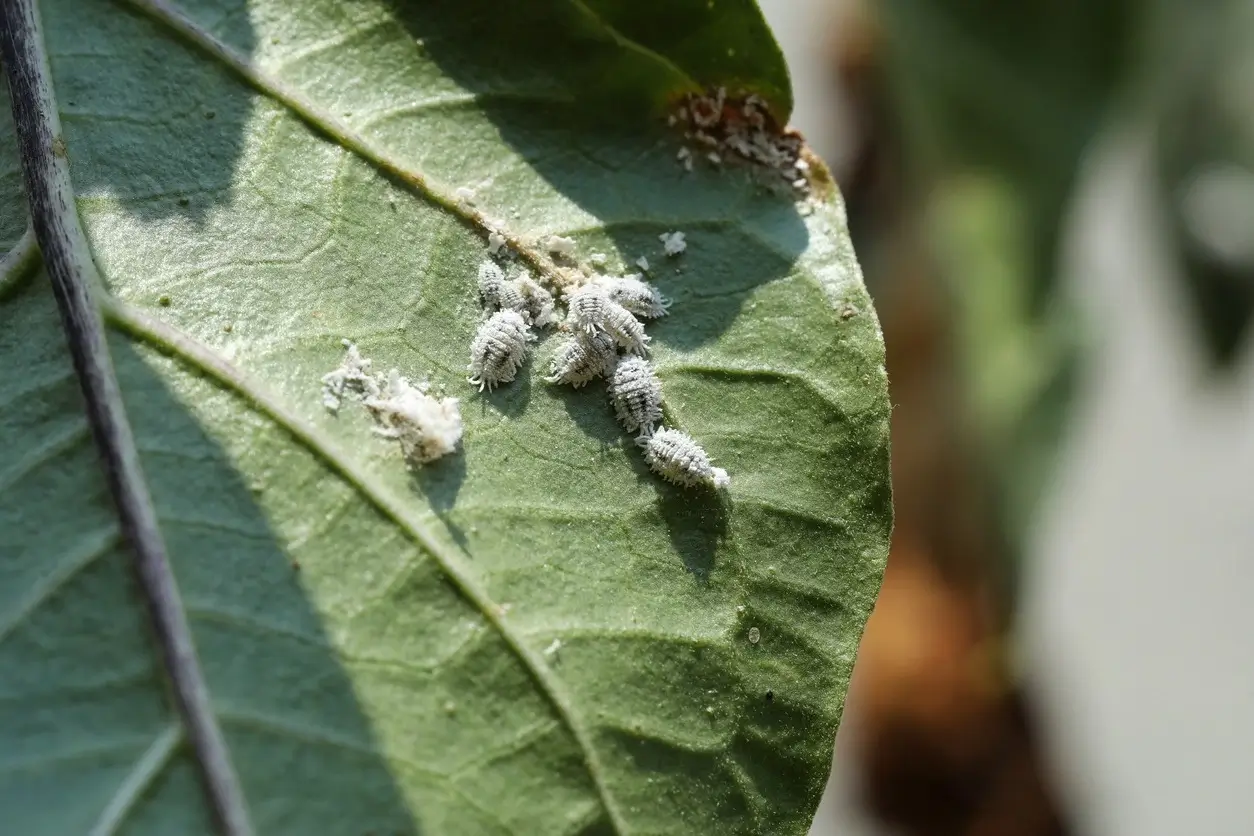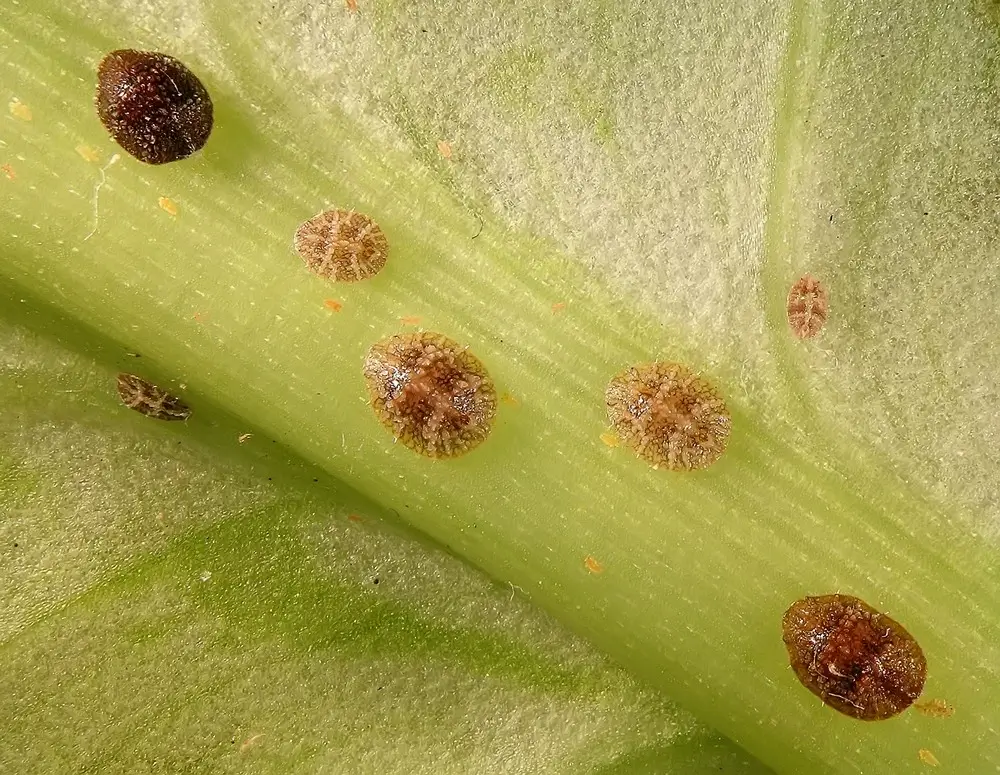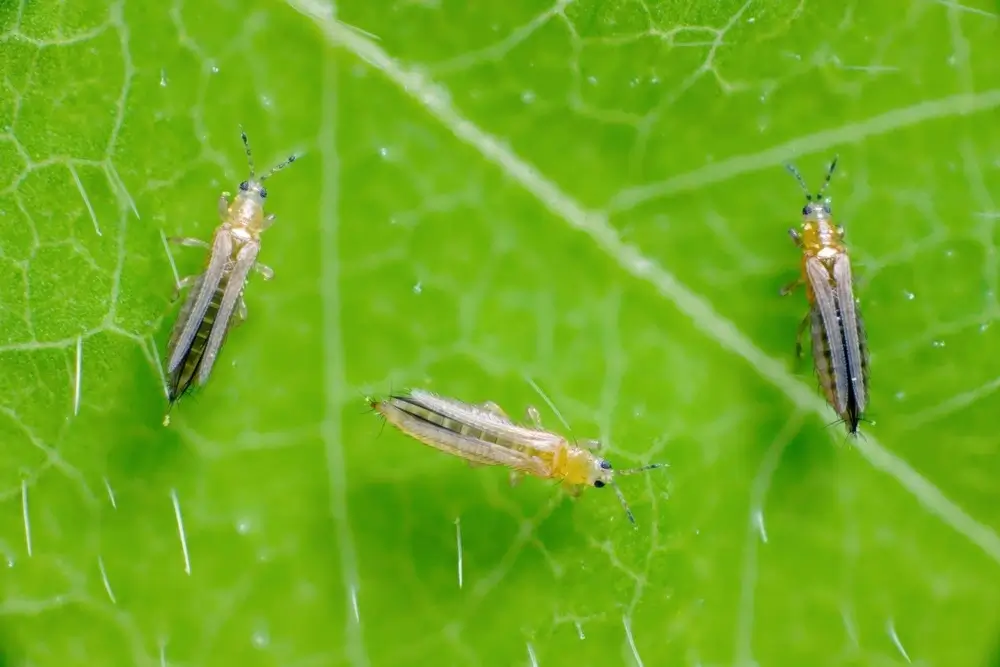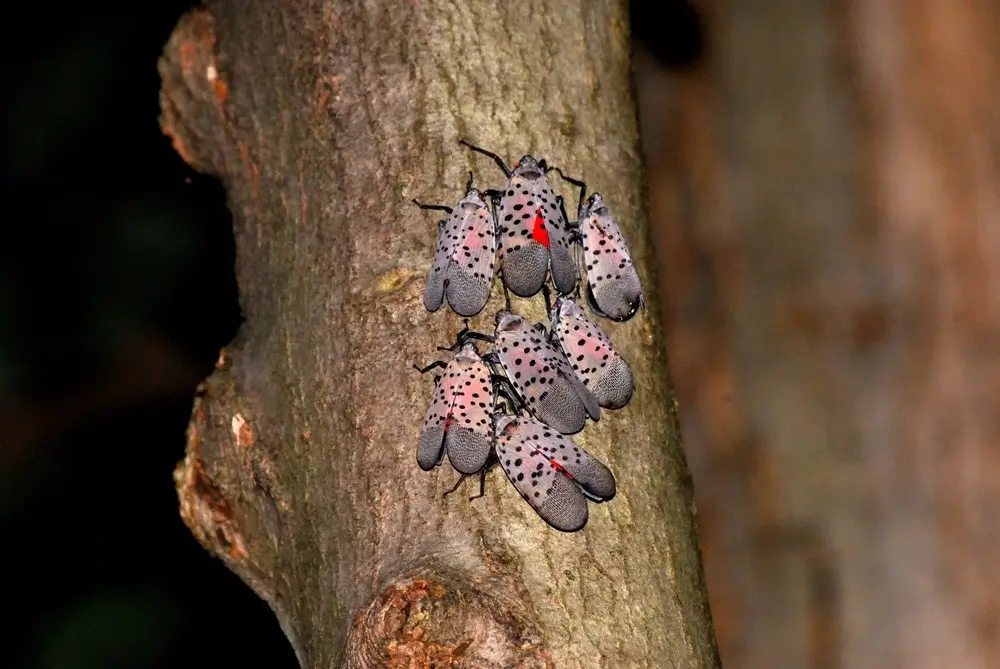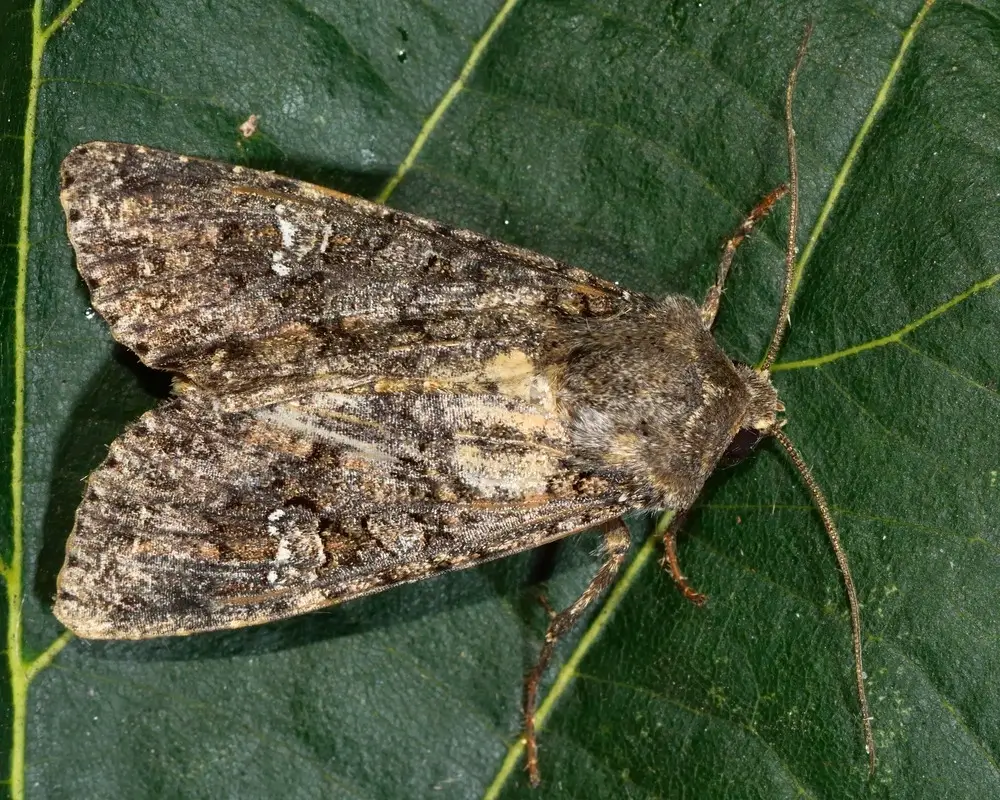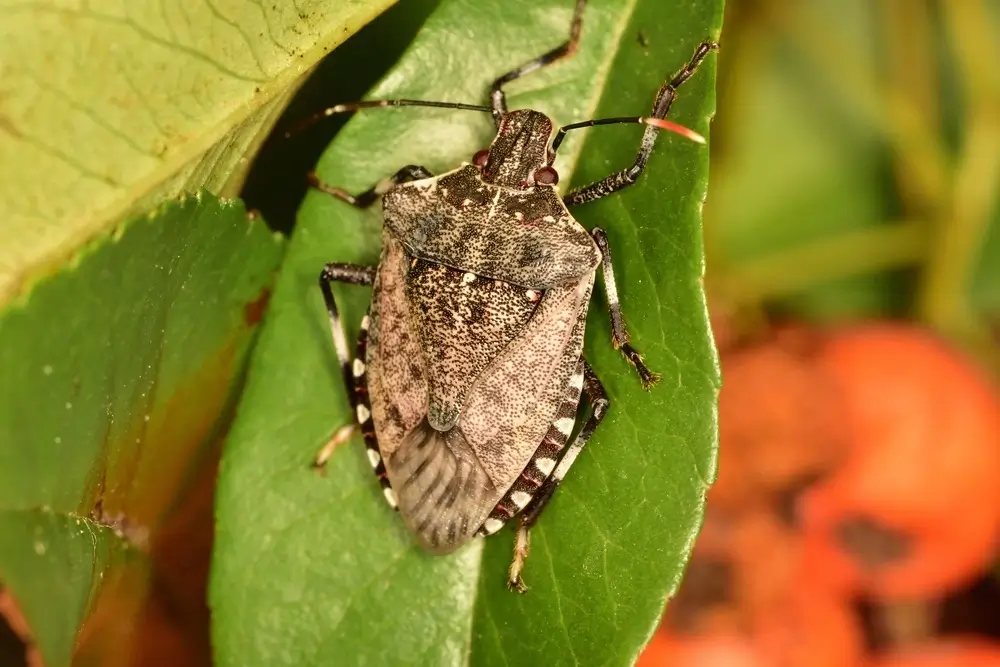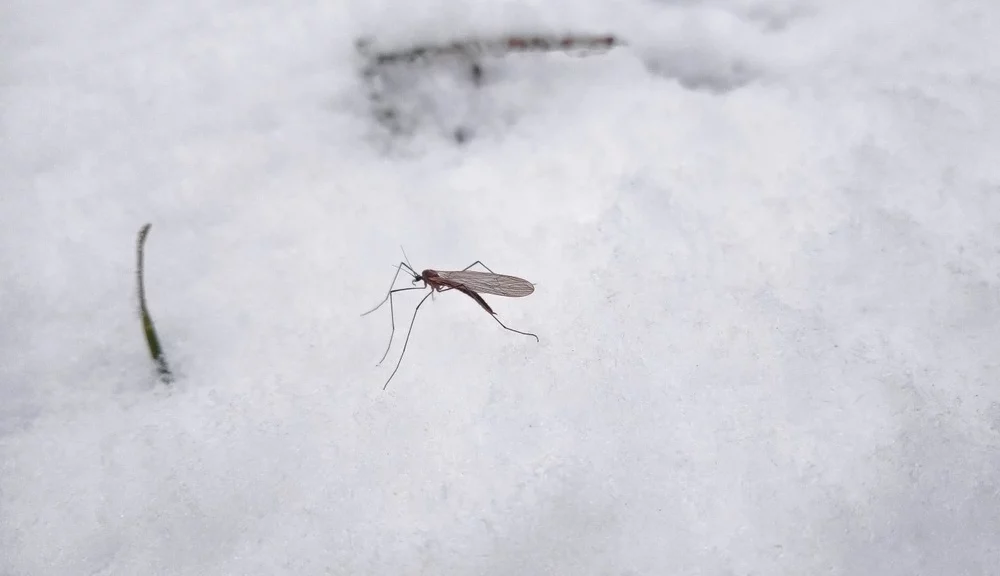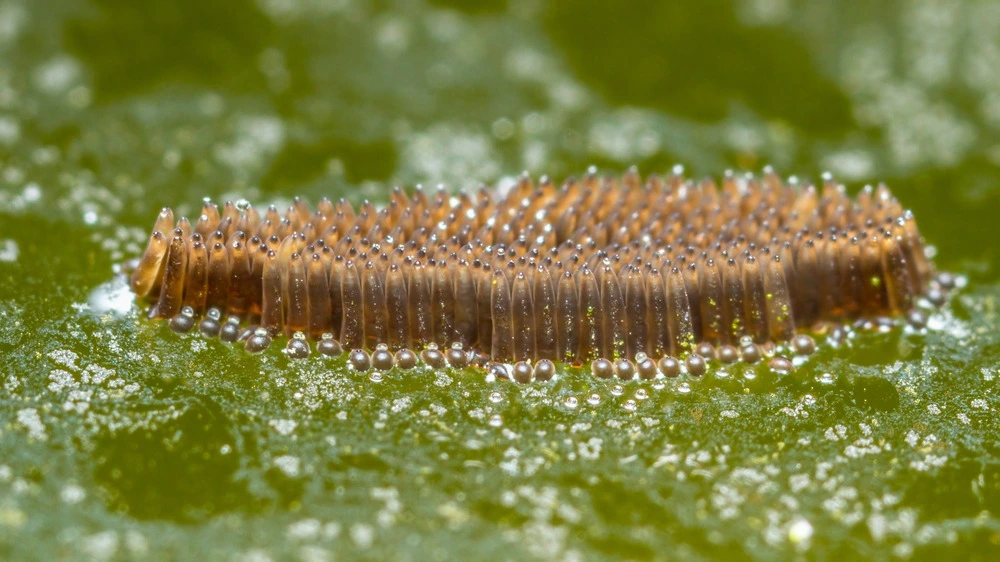Most Common Winter Insects in Rural, Suburban and Urban Areas
Insects are incredibly diverse in form, behavior, and food sources. Those we consider pests feed on our plants, our animals, and even ourselves. Our activity impacts these insect populations and behaviors enormously. There is little overlap between the worst winter insects in urban areas and those in rural locations. Suburban pests are particularly interesting because they must contend with influences from both our urban and rural settings. Let’s take a look at these critters, as well as urban pests and rural farm insects, to see our influence at work.
Winter Insects in Rural Areas
Winter insects live in conditions as close to their natural habitat as can be found among humans. Their populations and behaviors are the least affected by us.
Asian Multicolored Lady Beetles
These ladybug look-alikes are not badly behaved. In fact, they devour aphids and other garden pests. But they also out-compete native ladybugs, endangering their survival. They hibernate in winter, finding shelter in small crevices, under bark, and in barn siding.
Wood-Boring Beetles
Larger and hungrier than termites, wood-boring beetles feast on wood furniture, support joists, and decorative wood inside homes. The females of these winter pests overwinter by laying cold-resistant eggs on wood.
Brown Marmorated Stink Bug (BMSB)
These rural farm insects do tremendous crop damage across the country. They seek out warm, sheltered locations in attics, barns, sheds, basements, and behind baseboards to overwinter. They also hide in wood piles and hay bales for warmth.
Aphids and other Houseplant Pests
Aphids and other soft-bodied houseplant pests typically survive the winter by laying their eggs in the warm, moist soil of our plants. The hatchlings awake hungry, sucking the moisture and nutrients from the plants.
Bees
There are more than 20,000 bee species in the world, and they are certainly not pests. These hardworking insects pollinate the plants that animals and humans rely on. These winter insects huddle together in their hives, eating honey, shivering, and vibrating their wings to stay warm.
Winter Insects in Suburban Areas
Suburban pests inhabit territory that retains many aspects of their natural habitat, with open fields, parks, and varied landscapes. But they are also affected by considerable construction and human habitation.
Ticks and Fleas
These winter pests harass and harm our livestock, our pets, and sometimes even us. Ticks enter a form of dormancy known as diapause to ride out the cold. Fleas, however, come right indoors where it’s warm, and they have a ready source of blood available.
Termites
Termites burrow deep into wood or soil to survive frigid winters. Where the temps remain more moderate, they continue to eat and lay eggs right through winter. However, winter swarms typically occur just in the warmest regions of Florida.
Bed Bugs
These nasty winter insects are bloodsuckers like fleas and ticks, but they prefer feeding on human blood. The more people who live close together, the worse the bed bugs will be, so this is definitely a suburban or urban pest. While they can be found in rural areas, the greater populations and mobility in suburbs and cities create an ideal habitat for them.
Boxelder Bugs
The biggest problem with boxelder bugs is the way they overwinter. They seek out the warmth in houses and other buildings, sometimes in very large numbers. They are suburban pests due to more homes providing the essential winter shelter.
Snow Fleas
“Snow fleas” are not fleas at all. They don’t feed on blood or even bite. But they jump around like fleas and are easy to see on the snow, hence their name. Snow fleas benefit the ecosystem by feeding on decaying plant matter and fungi, turning it into nutritious soil. These winter bugs actually produce a type of antifreeze that keeps them active year-round.
Winter Insects in Urban Areas
Like suburban pests and rural farm insects, urban pests are more common where their needs for food, shelter, and reproductive needs are best met. Urban insects are those that benefit the most from human habitation.
Ticks and Fleas
Ticks and fleas feed on the blood of their hosts, whether they’re wildlife, livestock, pets, or people. Naturally, they thrive where more of their prey congregate, making them our top urban pests. While ticks hibernate and fleas slow down a bit in cold weather, fleas that overwinter indoors continue to plague our pets in winter.
Termites
While winter termite swarms occur only in the very warmest regions of the country, elsewhere, termites remain actively eating and breeding throughout the winter. They are protected from winter’s chill by the buildings that they eat.
Bed Bugs
Bed bugs are truly urban pests. Contrary to misconceptions, bed bugs are not a sign of poor hygiene but of our mobility and socializing. Bed bugs hitch rides from one person to another, so where more people gather, these critters play.
Ants
Ants have adapted to make an excellent living off of humans living in cities. They clean up our spilled food and have developed an exceptional heat tolerance, making them ideally suited as urban insects.
Spiders
Spiders aren’t really pests; we’re just extremely uncomfortable in their presence. They’re happy to spin their webs and feast on the insects they catch. They thrive in cities where the artificial lighting draws in insects in throngs.
How Urbanization and Human Activities Impacts Winter Insects
When humans live in vast, sprawling cities, we have an enormous impact on the environment. We affect the lives of urban insects in several ways:
- Those who feed on our blood or those of our pets enjoy the bounty of having their prey gathered so close together.
- Other urban pests thrive off our food waste.
- Our artificial lighting attracts many insects that others feed on.
Our cities, with their endless expanses of concrete and asphalt, create urban heat islands far warmer than the areas surrounding them. This temperature difference can attract pests from surrounding areas and support them through the winter.
Keep the Winter Insects Away
Trust your local Mosquito Joe® to take urban pests and winter insects out of your way. Our comprehensive pest control services include residential and commercial pest control. We’re making the outdoors fun again and keeping pests out of your indoor spaces!
All our work is backed by the Neighborly Done Right Promise™ and the Mosquito Joe Guarantee, which ensures we’ll do the job right. Request a free quote, and we’ll tell those winter insects to bug off!



